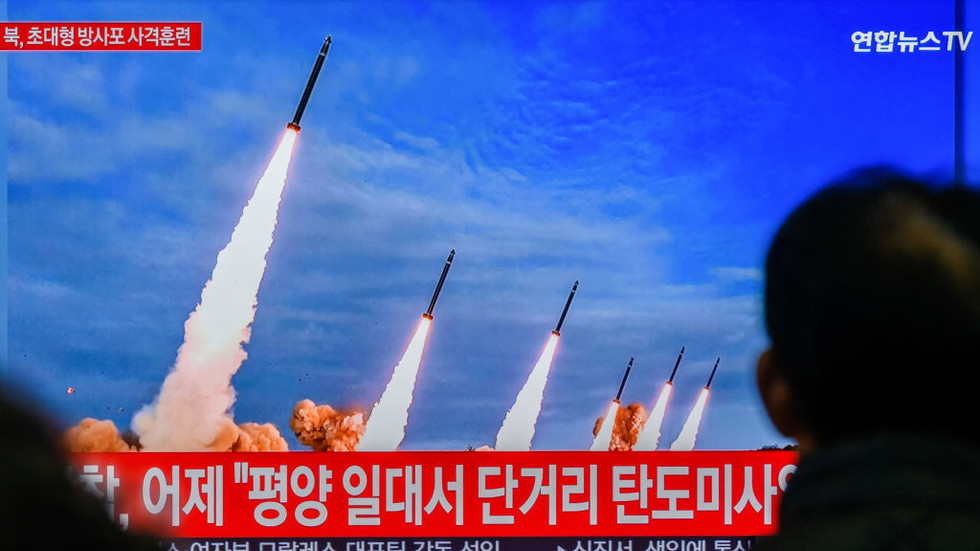North Korea’s recent military posturing has escalated tensions on the Korean Peninsula, largely attributed to allegations that South Korean drones dropped propaganda leaflets over Pyongyang. The North’s state-run news agency, KCNA, reported that following these drone flights, which were said to have occurred on three different occasions, the North Korean military has been put on high alert. The General Staff of the Korean People’s Army has issued orders for various frontline artillery units to prepare for potential engagement, claiming a need for immediate readiness to fire on South Korean targets. This move reflects a significant militarization in response to perceived aggressions from the South, indicating a deteriorating diplomatic situation between the two nations.
North Korea’s military capabilities along the border are substantial, with an estimated 10,000 artillery pieces, of which approximately 6,000 are positioned to target major South Korean cities. Analysis from the RAND Corporation suggests that any onset of hostilities could result in catastrophic casualties, projecting that over 200,000 individuals might lose their lives within the first hour of conflict in urban centers like Seoul and Incheon. Given these alarming statistics, North Korea’s swift military response underscores serious concerns regarding the potential for large-scale violence should provocations be perceived as increasing.
Kim Yo-jong, sister of North Korean leader Kim Jong-un, has characterized the alleged leaflet-dropping as a severe provocation, framing it as an infringement on North Korea’s sovereignty. Her rhetoric emphasizes the potential for “horrible disaster” should any further incursions occur, signaling a willingness to escalate the military confrontation if necessary. The stern warning from Kim denotes the seriousness with which the North regards actions taken by the South and reflects a broader narrative of tension that has characterized inter-Korean relations, particularly in recent years.
Initially, the South Korean defense officials refuted the claims regarding drone operations in North Korean airspace. However, the Joint Chiefs of Staff later indicated uncertainty regarding the veracity of North Korea’s allegations, highlighting the complexities of military communication and the potential for misinterpretation in contentious situations. This situation is exacerbated by the backdrop of heightened military activity in the region, particularly following recent missile testing by North Korea, including a newly developed variant of its Hwasong-11 ballistic missile, which is termed to possess significant destructive power.
The context for these developments is rooted in a broader history of military practices and perceived aggression between North and South Korea. Recent military exercises conducted by the US and South Korea, which North Korea condemned as aggressive maneuverings, have contributed to North Korea’s sense of vulnerability and led to escalated threats. The North has consistently framed these drills as provocations, justifying its military readiness and strategic responses, including missile tests and enhanced artillery preparation.
This current crisis represents a critical juncture in inter-Korean relations, where each action might provoke retaliatory measures that spiral into wider conflict. As both regimes navigate their military postures and diplomatic engagements, the consequences of any miscalculation or aggressive action could have fatal implications for millions of civilians in the region. Without effective communication channels and a commitment to diplomacy, the situation risks escalating into warfare, underlining the polarized state of security in the Korean Peninsula and the urgent need for peacekeeping initiatives to mitigate conflict.

